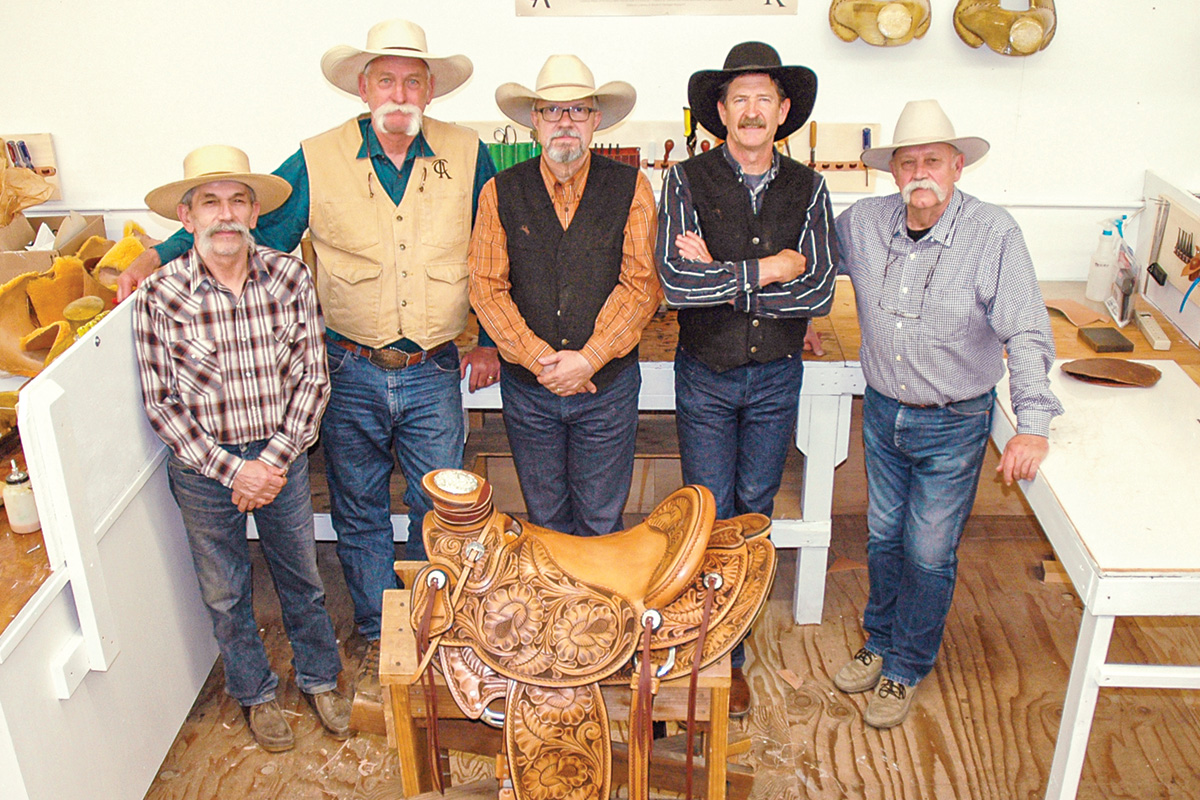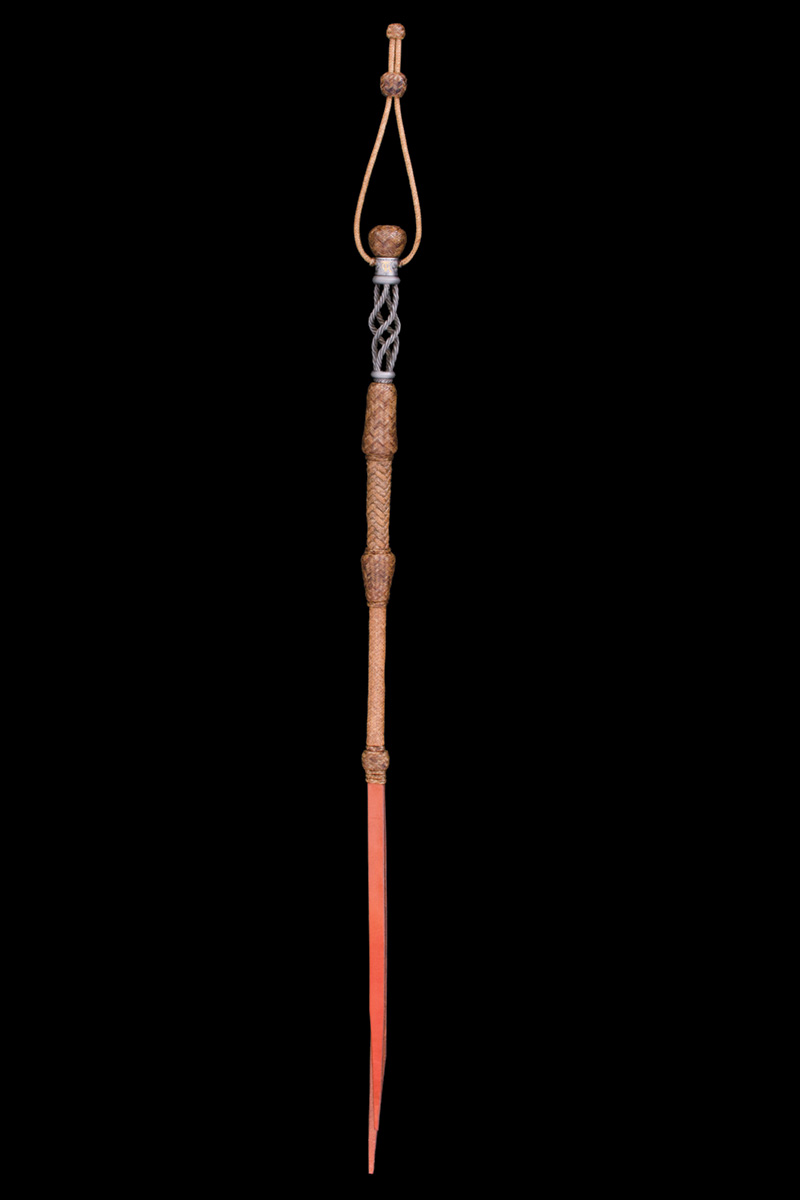
Within the Traditional Cowboy Arts Association (TCAA), collaborative projects stem from the opportunity to work with other artists who are at the top of their respective fields. The results are some incredible works of art that would not be possible without the efforts and relationships between these makers.
“When you are up to your eyeballs in your own work and you know what you know, then it comes time to do ornamentation… now you are crossing a line,” says saddle maker Cary Schwarz. “I’m not a silversmith. I’m not totally checked out on what a silversmith is capable of… but if you can discuss things openly and honestly and begin to see what is possible, then you start to see through their eyes. That ability has been somewhat of a missing component in our cowboy trades.”
“Collaboration is a careful balance of maintaining enough control and autonomy within your convictions artistically and being willing to listen. You are attempting to place yourself behind someone else’s eyes, and there can be some pretty cool discoveries if you do that.”

“If you put a bunch of cowboys in a room, they’ll talk horses,” says silversmith Scott Hardy. “If they are craftsmen, they will talk craft. There is nothing more satisfying than working with someone with the same mindset because it adds to your creativity. It energizes you; it moves you forward. When I collaborate on a piece, I’m thinking of how to lift it up, to add to the work as a whole.” “One of the perks of membership is being friends with and getting to work with others at the top of their field,” says rawhide braider Leland Hensley. He recalled his inspiration for a quirt handle with a design reminiscent of a birdcage.
“I had an idea that I presented to [bit maker] Ernie Marsh for a quirt handle. I didn’t know if my vision was doable. Through discussion, he offered some suggestions on how to modify my original concept into something that would be more functional and have a natural transition between the metal and rawhide elements. The idea had to change, but it became better through his input.”

Last year, five master saddle makers collaborated to build a unique saddle to commemorate the 80th anniversary of the first Hamley Wade saddle being built. Traditional Cowboy Arts Association members Pedro Pedrini, Cary Schwarz, Chuck Stormes, Troy West and John Willesma spent three days crafting the saddle in Pendleton, Oregon, at the Hamley & Co. saddle shop. The concept for the collaborative saddle was Schwarz’s, so as he said he found himself in the driver’s seat in some ways.
“If you didn’t have trust in the relationships and the skills of each other, you could not bring together a group of independent-minded craftsmen who are pretty much used to calling their own shots,” says Schwarz. “The thing that made me think of the idea was music. One of the greatest joys of playing music is to play in a group. You make a nicer sound together than you do alone, so my thought was, ‘why can’t we do something like that and have a really incredible piece after that experience?’ There will never be another saddle like that one, even if you tried. I think we can grow as craftsmen by leaving the door ajar on that concept.”

Silversmith Scott Hardy spoke about another project he collaborated on with Schwarz and bit maker Wilson Capron, a bridle set-up they called the “Story of the West.”
“I thought about this piece for a long time. I’m all about the West and the history of my family and others. I wanted to pay tribute to my heritage; the ranchers that I worked for and knew in this area. After the Civil War, a lot of cattle came from Texas, up through Idaho and Montana to Canada, so working with Wilson on the bit and Cary with the headstall was fitting. Each of us has a family brand, so the silver conchos pay homage to those brands. Wilson made a globe bit, which was popular in Texas at that time. Cary elegantly hand-stitched the headstall as his contribution to lift up the piece. I didn’t tell either of them how or what to do; I didn’t treat them like a mechanic. I communicated my vision and the inspiration behind it and then left it in their hands as makers, as artists.”
“If you are just looking for something utilitarian that’s fine, everyone in our group is more than capable of that. But collaborations aren’t about the easiest route, they are more about doing something that has never been done, telling a story and about moving the craft forward.”
